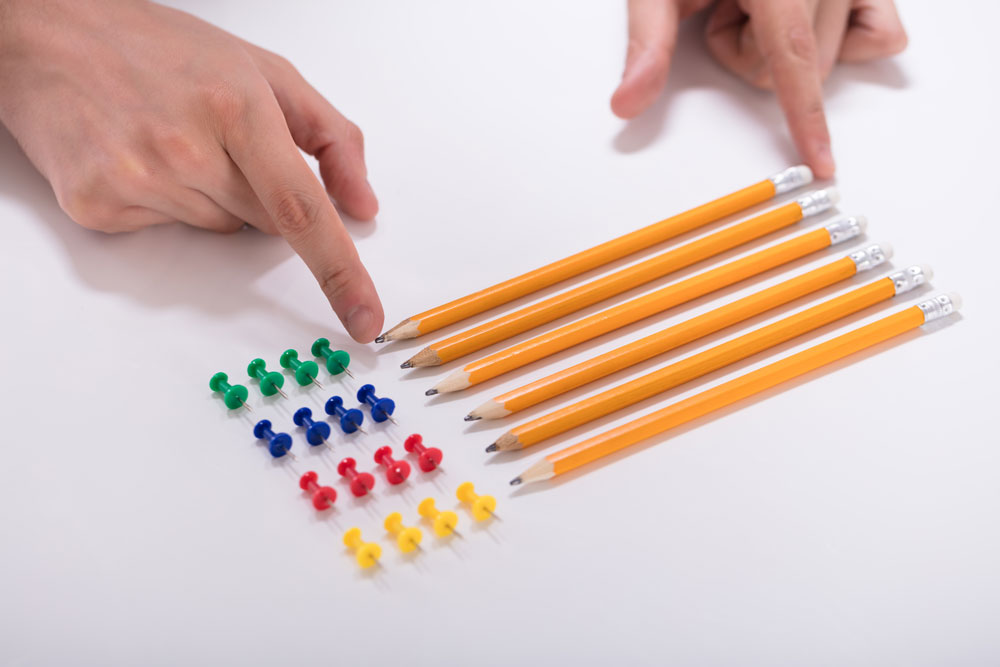Eating through a tube does not provide the same joy of food
This article is translated with AI and is based on Swedish conditions. Hopefully, it can inspire those interested from other countries.
Older people often lose the ability to eat on their own. Many relatives are faced with the question of whether to introduce a feeding tube. Difficulty swallowing is a natural part of the progression of dementia. Stroke and other events can also affect the ability to swallow.
When someone has had a tube surgically inserted via so-called peg directly into the stomach, it is often due to some disease that has caused difficulty swallowing. There are certain risks associated with tube feeding that the person feeding must be aware of. Otherwise, the person being fed could, for example, get food into their lungs.
 Foto: Shutterstock
Foto: ShutterstockTube feeding through the stomach or through the nose
When someone for various reasons cannot eat, healthcare can introduce a feeding tube. Often it is about swallowing difficulties as a result of illness. The tube can be inserted in different ways either through a hose through the nose (nasogastric tube) or via a button that is operated into the stomach (PEG tube).
Tube feeding requires a lot of routines. Nursing assistants need to have delegation. There are good instructions in the nursing manual. Different types of tubes place different demands on handling that it is important to know. It is also important that the resident receives the right amount and of the right type so that the nutrient supply matches the need for nutrients.
Often it is the nurses who give tube feedings, but sometimes it is delegated to experienced nursing assistants. Handling a tube correctly when administering nutrients and medication requires competent staff. Sometimes the resident may need to have tube feeding even at night. Before each supply of nutrition/medicine, the tube position should be checked and assessed to be correct.
Control during tube feeding
Those who tube feed need to check that the person has the right body position to minimize complications. Likewise, know how to handle medications so that there is no blockage in the gastric tube and be able to anticipate and have the competence to judge when complications arise.
Residents with lowered consciousness, bedridden residents without a normal swallowing reflex and residents with a tendency to gastric retention need to be monitored extra carefully due to the risk of reflux to the esophagus and aspiration of tube feed into the lungs.
For those who receive tube feed, the risk of the mucous membranes in the mouth becoming more delicate increases when the food is not chewed in the usual way, oral care should be performed several times a day. Extra careful hand hygiene as the risk of infection spread is great.
There are different rules in different regions for how the costs for tube feeding should be distributed between the municipality and the region. A resident who pays for full board should not also be burdened with extra costs for tube feeding.
Reflection questions - tube feeding
Care staff:
- Do you have residents who get their nutrition through a tube?
- Do you think it's extra important with careful oral hygiene?
Manager, nurse, occupational therapist, and physiotherapist:
- Do you have team collaboration to ensure that the meal situation is as good as possible?
- How is tube feeding paid for?
Residents and relatives:
- Have you reflected on how you feel about a tube in case the health condition deteriorates?
Erland Olsson
Specialist nurse
Sofrosyne - Better care every day

Aktuellt i media
-
2025-12-18 04:00
16 Sjukdom och död
Survivor conversations - an important element in working with next of kin
info Bild från Summer Stock
Bild från Summer Stock - 2025-12-15 04:00 17 Psykisk hälsa
- 2025-12-11 04:00 07 Riskhantering
- 2025-12-08 04:00 06 Dokumentation
- 2025-12-03 04:00 06 Dokumentation
- 2025-12-01 04:00 02 Värdegrund






